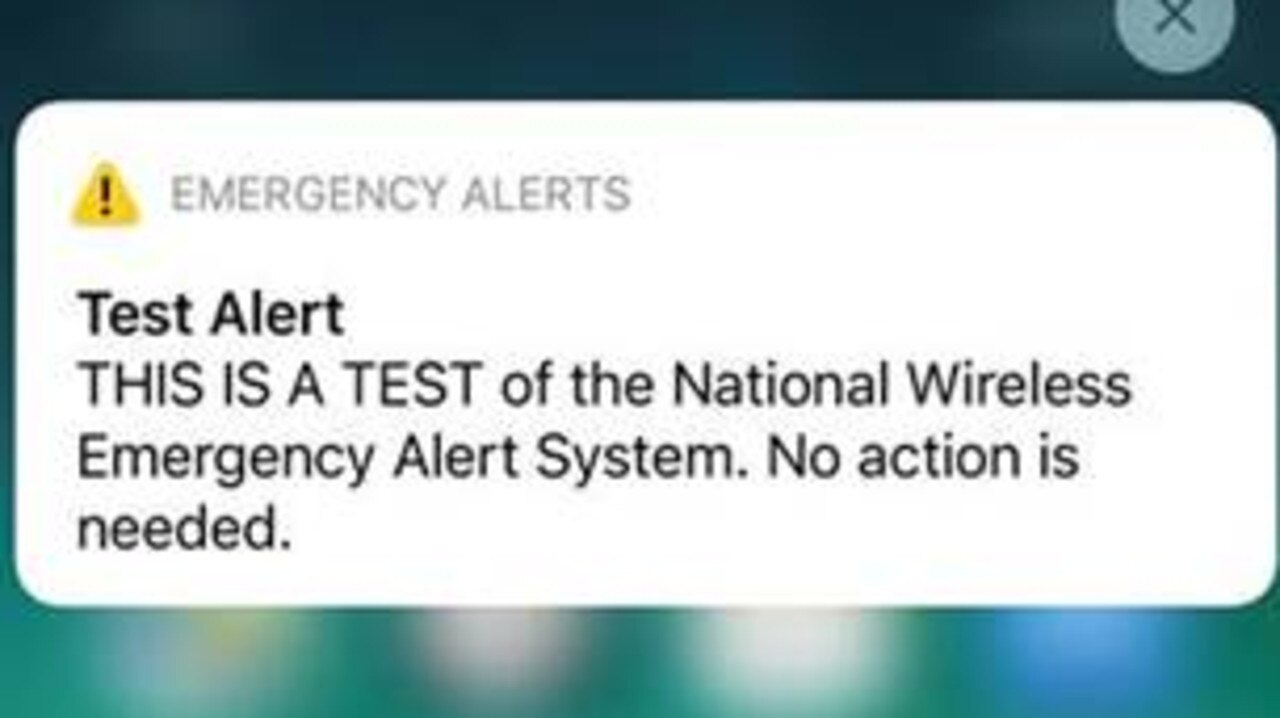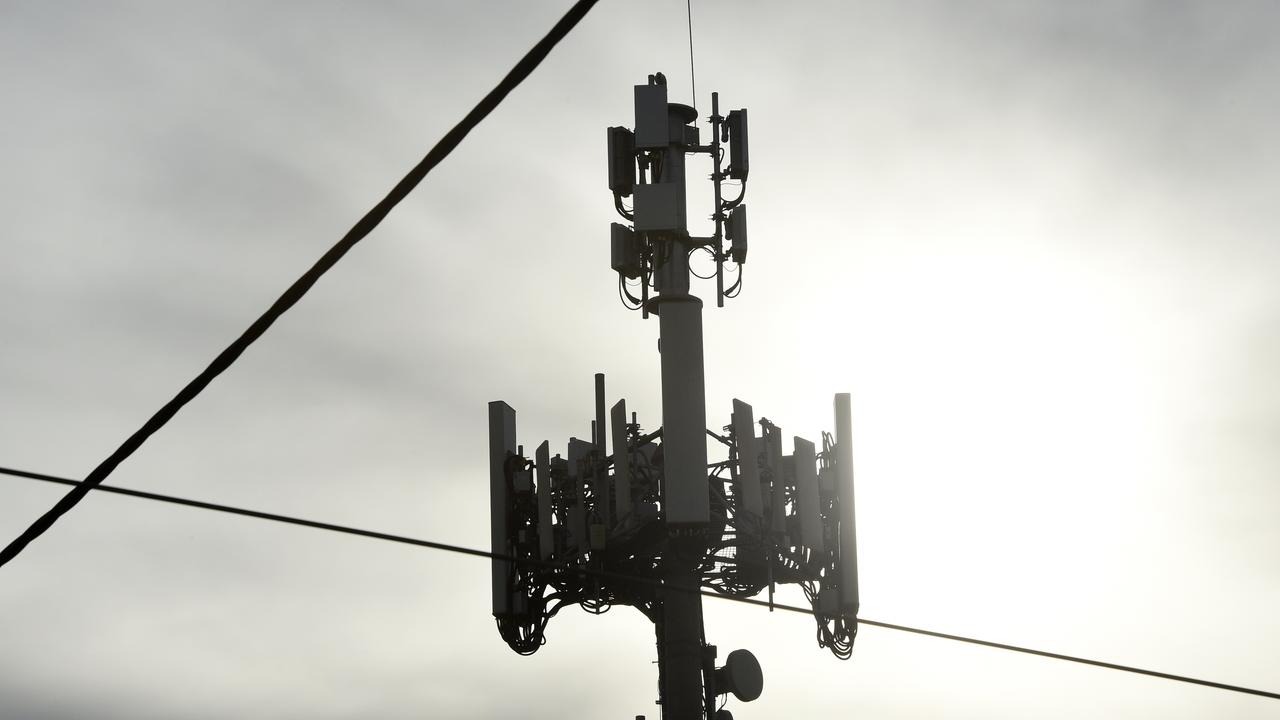Upgrade to emergency services communication to ‘save lives’
State-of-the art technology will be rolled out in Australia to improve lifesaving communication amid natural disasters.
As the country stares down the barrel of an increasing number of devastating natural disasters, a significant upgrade to Australia's emergency warning communications is set to save lives.
State-of-the art technology will crucially enhance how residents living and working near floodwaters or bushfires, or are in the vicinity of other natural disasters, are communicated with.
The government says the national messaging system – to be developed and tested over the next 18 months and be operational by 2024 – will deliver instant, prioritised emergency messages to all mobile devices in a specific area, regardless of the person’s service provider.
Forming part of next week’s budget, the technology will allow governments to send messages in both English and a second language, which would prove critical to diaspora and multicultural communities.
For example, the federal government could draw a 1km circle around a disaster site and send a message that “takes over” the screen momentarily, ensuring the message is seen and not mistaken for scams or spam.

The program’s cost will not be published due to commercial negotiations, but the government is expected to stress it has been fully funded.
Emergency Management Minister Murray Watt said the program would “help keep Australians safe” and mitigate property damage.
“During a fire, flood or cyclone we know every second is critical, so by giving residents and first responders more warning, we can give people the best chance possible,” he said.
“The government is investing in the NMS because emergency messages, alerts and warnings need to be delivered to the public in a timely, accurate and targeted manner. We need the most current technology to achieve this.”

Communications Minister Michelle Rowland said the project was critical.
“Being able to communicate effectively – from communities receiving emergency messages as quickly as possible to emergency service operators responding to an event – is critical in ensuring that there is minimal disruption to communities and individuals,” she said.
“These measures in the 2023-24 federal budget will improve our ability to respond to natural disasters or emergencies to keep Australians safe from harm.”
The ministers have also announced an overhaul to the outdated voice-only networks used by public safety agencies, committing to a $10.1m taskforce to deliver a new broadband.
As it stands, each agency in each state or territory has its own separate network. The public safety mobile broadband – a recommendation of the 2020 Royal Commission into National Natural Disaster Arrangements – will replace this and enable all agencies to share live video feeds, photographs and/or locations with themselves, other agencies and across borders.
The ministers say this near-instant access will support co-ordinated responses across organisation and geographic boundaries, enhancing the country’s capability to manage emergencies and threats.



